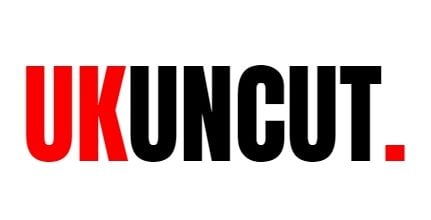Market volatility has rocked the markets for weeks. Yet, this has not disrupted the pipeline of initial public offerings (IPOs) in the United States, with everything pointing to this being the best or one of the best years for IPOs in terms of capital raised and the number of business filing for IPO. Indeed, signs are that the pipeline for IPOs will be very strong in 2022 as well. As a receipt news item in Reuters points out, the recent IPO run is really quite remarkable given the broader market circumstances.
Globally, there were 2,000 IPOs this September, raising $421 billion combined, the most of any month ever, and nearly double what was raised in the same period last year. There seems to be a belief among founders and shareholders at firms thinking about doing an IPO, that the market conditions are perfect for attaining high valuations. The rush to IPO could be seen then as a sign of an irrational exuberance on the part of the market. The founders and managers of startups have to find the right time to IPO. That time is never when they believe that the market will value them cheaply. They have to do right by their backers and that implies that they will want to list when they believe they can get the highest possible price. That does not bode well for the market at large, because, as we said, it suggests that the market is not viewing startups sensibly and that a number of startups are overvalued. The rise in special purpose acquisition companies (SPACs) and direct listing as alternatives to traditional IPOs, is a sign of how important it is for founders and managers to get the best possible price and not leave money on the table. IPOs have often been criticised for enriching bankers at the expense of the parties who should benefit: the businesses listing and their backers. The motives driving listing have to be taken into account when judging the state of the market.
On the other hand, startups will want to enter the public markets if they believe that there are unique market opportunities they need to raise capital to attack. This is a positive signal because it tells us that founders and managers anticipate a period of growth and that they are anxious to attack the opportunities that they see in front of them.
Parsing the reasons behind the surge in IPOs is very difficult and has led to contradictory conclusions, with some people pointing out that the last time the IPO market was so hot was during the internet bubble of 2000, while others argue that the IPO market boom shows that we have lots of growth ahead.
It has not all been smooth sailing. The IPO market would likely have been bigger were it not for the SEC halting approvals of new Chinese IPOs after uncertainty in China caused many to question the ownership models of Chinese firms and the safety of investing in CHinese businesses. Chinese real estate developer Evergrande’s troubles, global supply chain disruptions, and fears over inflation, have made things much harder. Many businesses have found it difficult to price their IPOs given the uncertainty in the market and broader economy.
Nevertheless, the U.S. IPO market has proved more robust than those in Europe, which has had seven listings pulled. The United States has managed to keep things at an even keel, with debt ceiling wrangles kicked down the road and investors recovering from the shock of China’s regulatory turbulence. Most businesses have indicated that they will stay the course and still list.
Indeed, many bankers expect that there will be new businesses jumping on the IPO bandwagon, rather than getting off.
Not everyone is immune to market turbulence. IFIT Health & Fitness Inc. and two biotech startups, AEON Biopharma and Cingulate, who offer primary care doctors, have pulled their listings, citing market volatility.
The signs are that fortune does indeed reward the brave. Those IPOs that have defied market volatility and gone on to list, have been rewarded by investors with high valuations. The shares of businesses that listed in the last four weeks have appreciated an average of 25.5%, against a rise of 42% for those that went public four months ago.
Many analysts believe that market volatility is nor just a sign that investors have got the jitters, it is also a sign that investors are increasingly selective in their investments. Investors are thinking about long-term performance of IPOs rather than just how high an IPO will pop.
As we head to the end of the year, GlobalFoundries, a marker of semiconductors, and the EV maker Rivian Automotive, are expected to list on public markets. Many others are expected, not just toward the end of this year, but in 2022 as well.

